850+
Organizations use Psylaris products
5500+
Therapists use our software worldwide
75.000+
Completed sessions with our applications


The reason why EMDR works well for anxiety following a trauma is that you go back to the moment of the trauma. Not only do you visualise the image in your mind, also the thoughts and feelings you had at the time surface again. This can be quite confronting, but it is necessary to achieve results. As soon as the therapist asks you to load the trauma into your working memory, i.e. to recall it, you are distracted by a hand gesture or a sound. This distraction is a form of overload for the working memory, so that at a certain moment you will feel less emotion when thinking back to the traumatic moment. Recalling the memory and the distraction takes place several times during the treatment. After a while you will notice that it becomes easier to think back to the traumatic moment and the memory may even fade or be replaced by other thoughts. This is a sign that you have finally been able to give the trauma a place and there is a good chance that your anxiety attacks have disappeared.
EMDR is a therapy specifically designed for trauma treatment. If your anxiety disorder was caused by a trauma, EMDR is certainly something you should consider. Of course, it also depends on the person to what extent EMDR produces results. Certain fears and phobias that cannot be traced back to a trauma will not always be suitable for treatment with EMDR. The therapist will then suggest a different treatment.
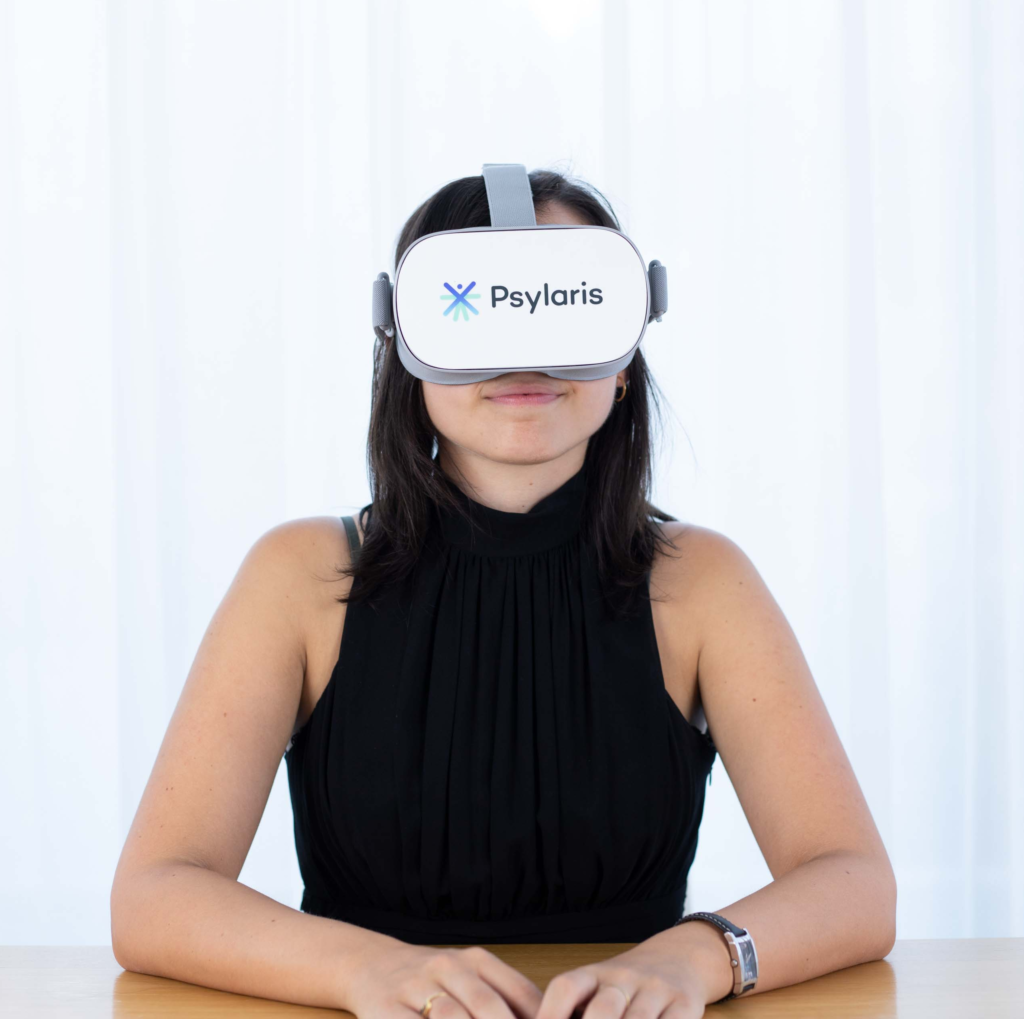
The goal of Psylaris is to support therapists even better with sufficient EMDR techniques and tools. EMDR in virtual reality is the latest development. The Psylaris Care consists of virtual reality (VR) glasses that can be connected to various modules. Initially, the VR glasses are used in the treatment room and ensure that the patient enters a virtual environment. This ensures an intensive treatment, making a shorter course of treatment necessary. If the patient is ready, the glasses can be given to him or her for use at home, which means that treatment can also take place at home. There are various modules available for the VR glasses. Besides the EMDR module, there is also a module for the treatment of fear, phobia and stress. Psylaris continues to develop, so that more modules will be released in the near future for an even wider range of treatment.
We believe with the combination of intelligent software and qualified therapists we can develop a system in which everyone, anytime and anywhere has direct access to efficient and affordable psychological care.
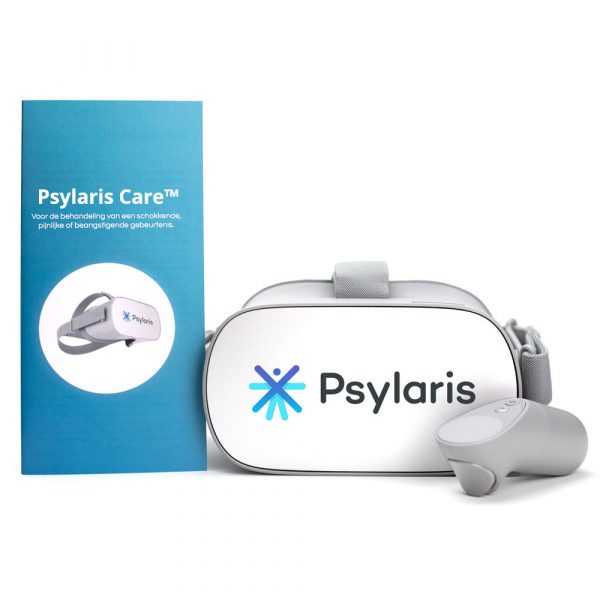
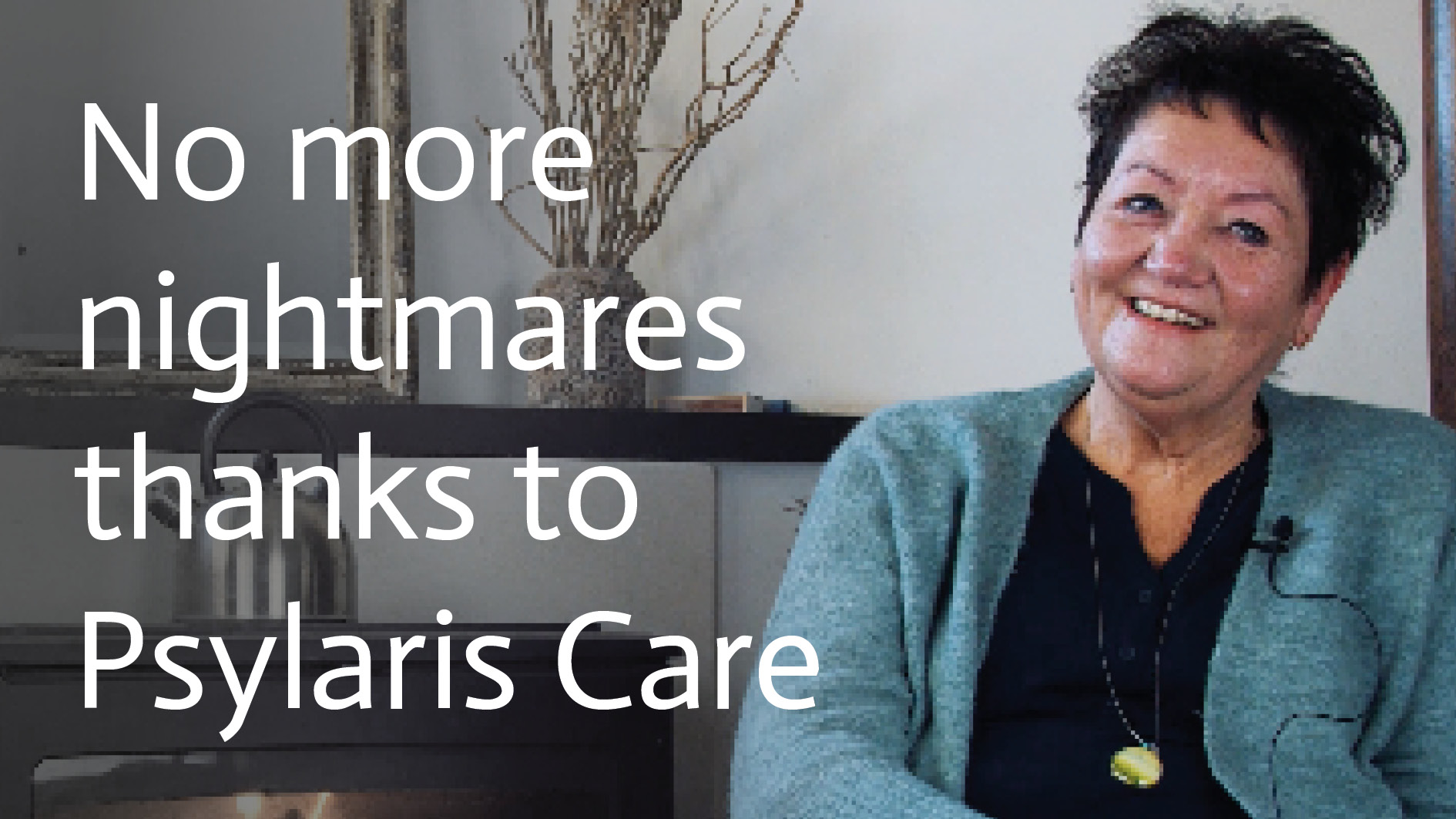
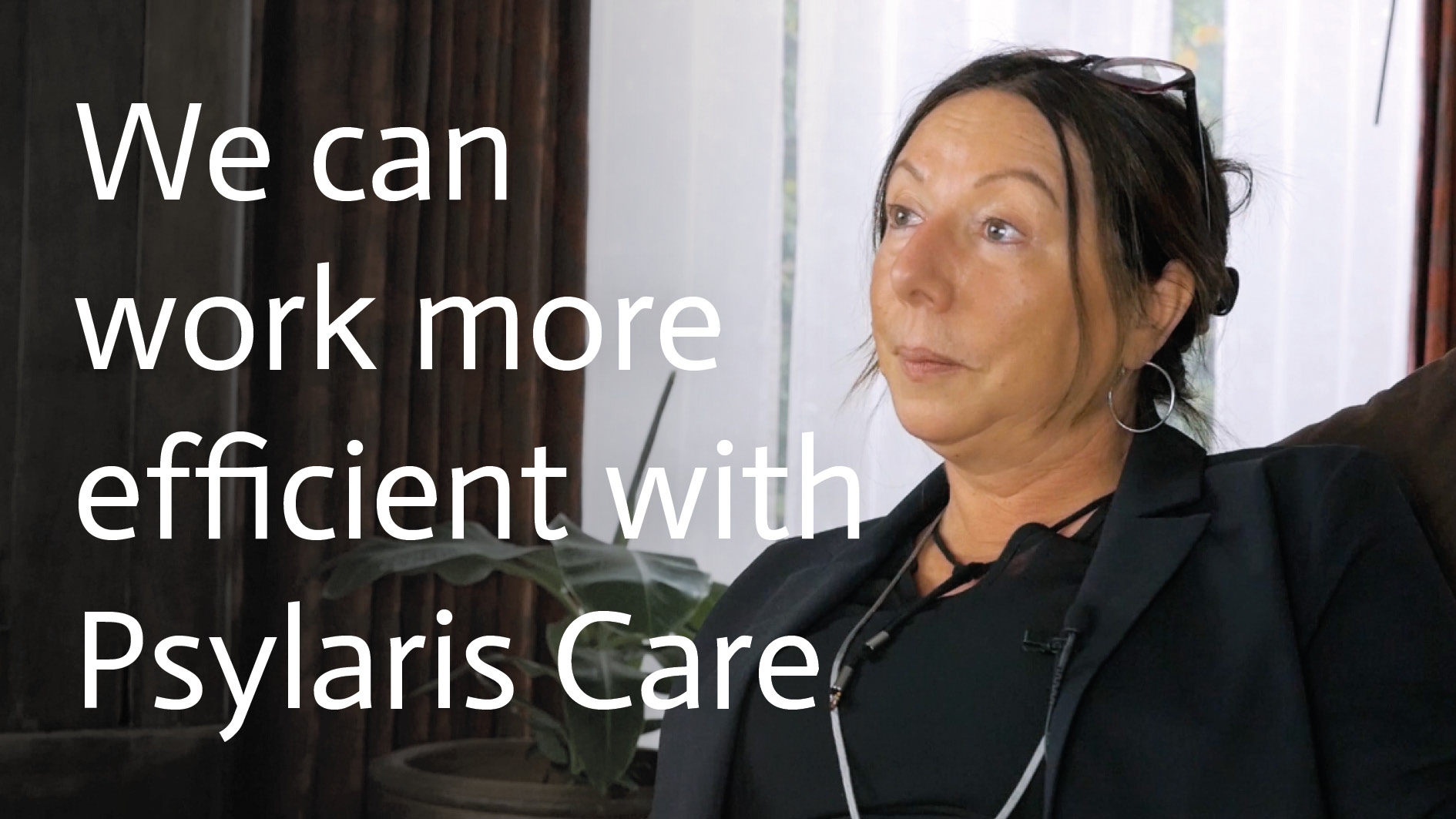
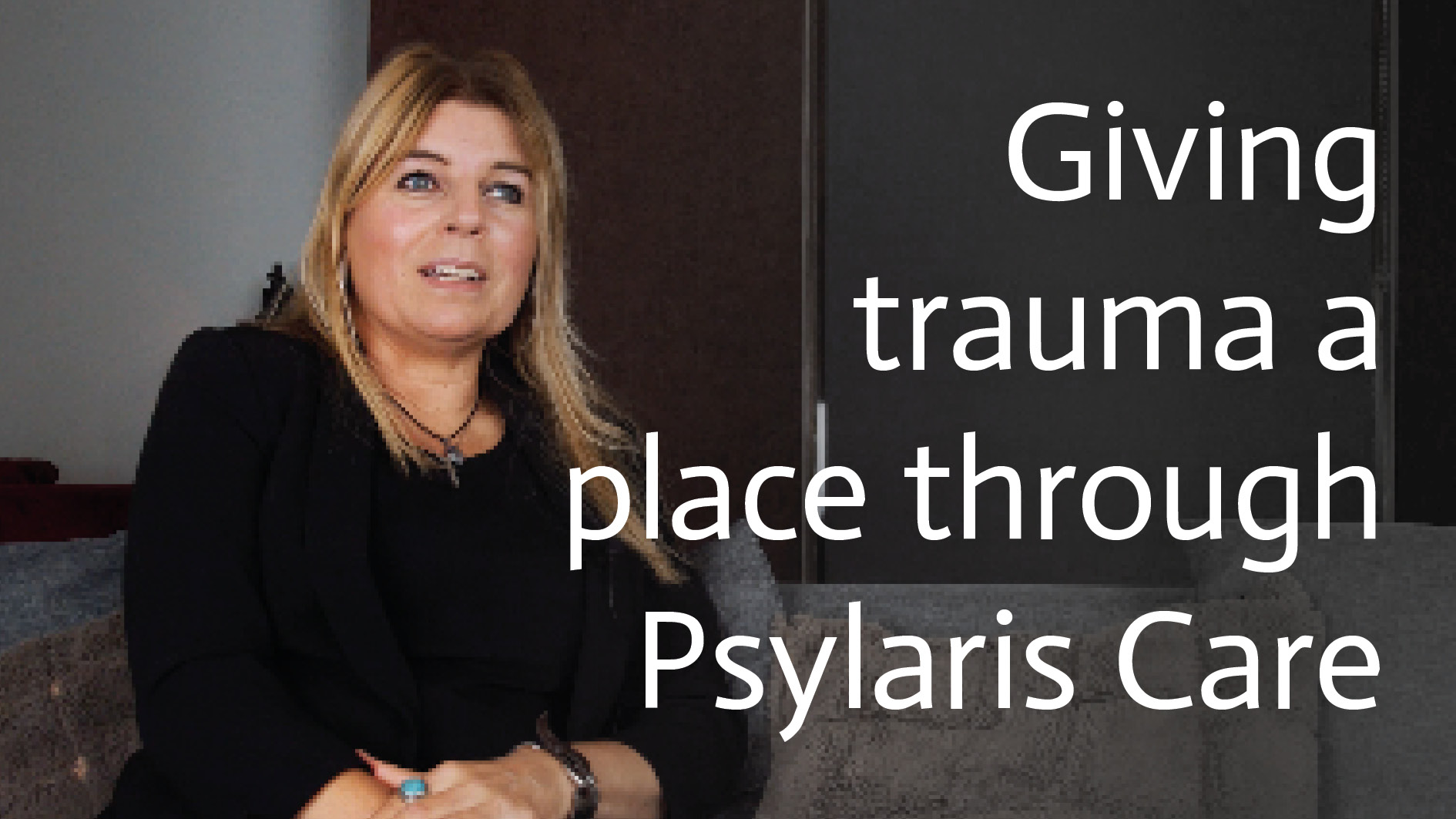
This website uses cookies to ensure that you get the best experience on our website.